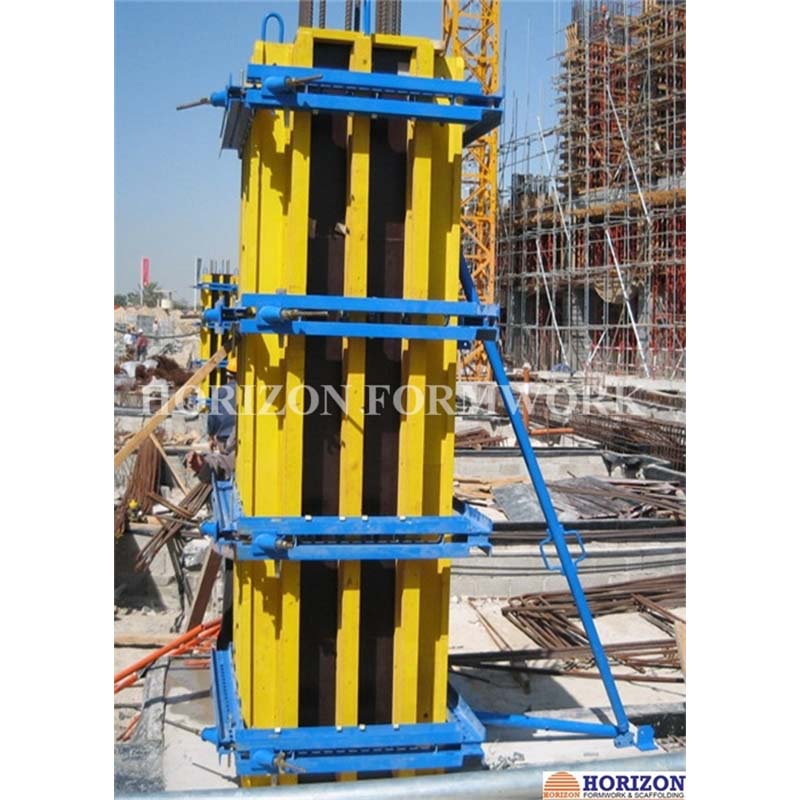Aug . 14, 2024 06:56 Back to list
Innovative Plastic Formwork Solutions in China to Enhance Construction Efficiency and Sustainability
The Rise of China’s Plastic Formwork System in Construction
In the rapidly advancing world of construction, efficiency, sustainability, and cost-effectiveness have become prime objectives for industry players. Among the innovations that have emerged to address these needs is the plastic formwork system, which has gained significant traction in China. This system not only serves the basic function of shaping concrete but also introduces several advantages that traditional materials cannot match.
Plastic formwork consists of reusable plastic panels designed to hold poured concrete in place until it hardens. They are lightweight, robust, and resistant to various environmental factors, making them an ideal choice for the diverse climatic conditions found in China. The increasing demand for affordable housing and infrastructure development in urban areas has resulted in a corresponding need for efficient construction techniques. Here, plastic formwork systems come to the forefront.
The Rise of China’s Plastic Formwork System in Construction
Moreover, the ease of handling and installation of plastic formwork systems significantly accelerates the construction process. The lightweight nature of the material allows for quick assembly by a smaller workforce, minimizing labor costs and reducing project timelines. In China, where large-scale projects often operate under tight deadlines, the ability to complete a construction project on time can provide a competitive edge.
china plastic formwork system

Plastic formwork systems also support a variety of concrete shapes and designs, offering flexibility that is often challenging with traditional methods. Contractors can create intricate architectural designs without the additional costs usually associated with molds. As a result, this flexibility not only enhances aesthetic appeal but also promotes creativity in design, appealing to architects and developers alike.
From an economic perspective, the cost-effectiveness of plastic formworks cannot be overlooked. While the initial investment may be higher than that of timber, the long-term savings accrued from their reusability and reduced labor needs make them more economical over time. This is particularly significant in China’s highly competitive construction market, where budget overruns can jeopardize a project’s feasibility.
The growing popularity of plastic formwork systems is also supported by government initiatives aimed at promoting modern construction methods. As the Chinese construction industry continues to evolve, authorities are encouraging the adoption of innovative technologies that enhance productivity and sustainability. This includes incentives for using materials that reduce environmental impact, further paving the way for plastic formwork solutions.
In conclusion, the plastic formwork system stands out as a transformative innovation within the Chinese construction sector. Its benefits of durability, efficiency, design flexibility, and economic viability make it an attractive alternative to traditional materials. As China pushes forward with urban development and infrastructure programs, the integration of such advanced systems is likely to shape the future of construction in the country. The transition toward more sustainable building practices is not just a trend; it is a necessity, and plastic formwork represents one of the most effective solutions to meet this need. As manufacturers continue to innovate and refine these systems, the potential for wider adoption across various regions of China, and even globally, looks promising.
-
High-Quality U Head Jack Scaffolding – Reliable Scaffolding Jack Head Manufacturer & Factory
NewsJul.08,2025
-
High-Quality I Beam H20 Leading Timber Beam H20 Material Factory, Exporters & Manufacturers
NewsJul.08,2025
-
High-Quality Powder Coating Steel Formwork - Durable & Corrosion Resistant Solutions
NewsJul.07,2025
-
Inclined Column Formwork Supplier – Durable & Precise Solutions for Unique Structures
NewsJul.07,2025
-
High-Quality Water Stop Solutions Trusted Water Stop Company & Suppliers
NewsJul.07,2025
-
High-Quality Formwork Material Supplier Reliable Manufacturer & Factory Solutions
NewsJul.06,2025